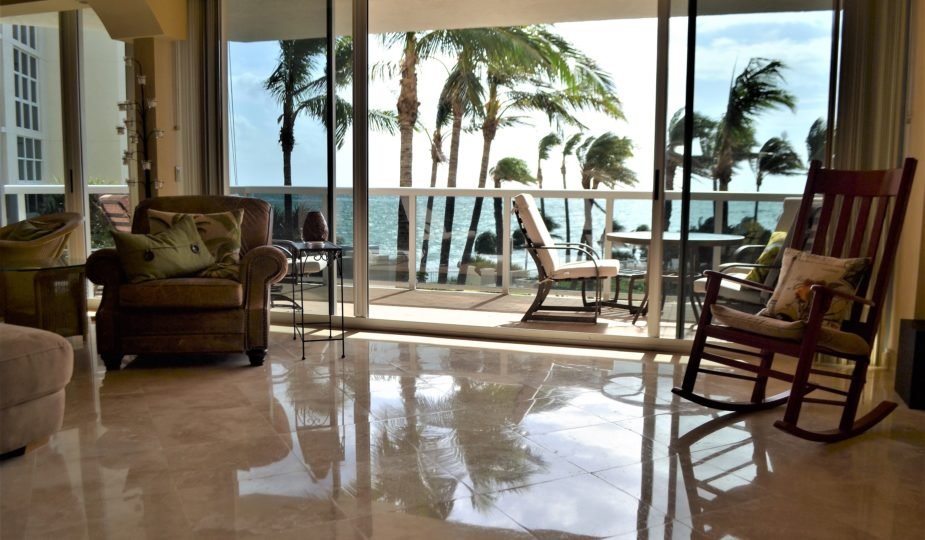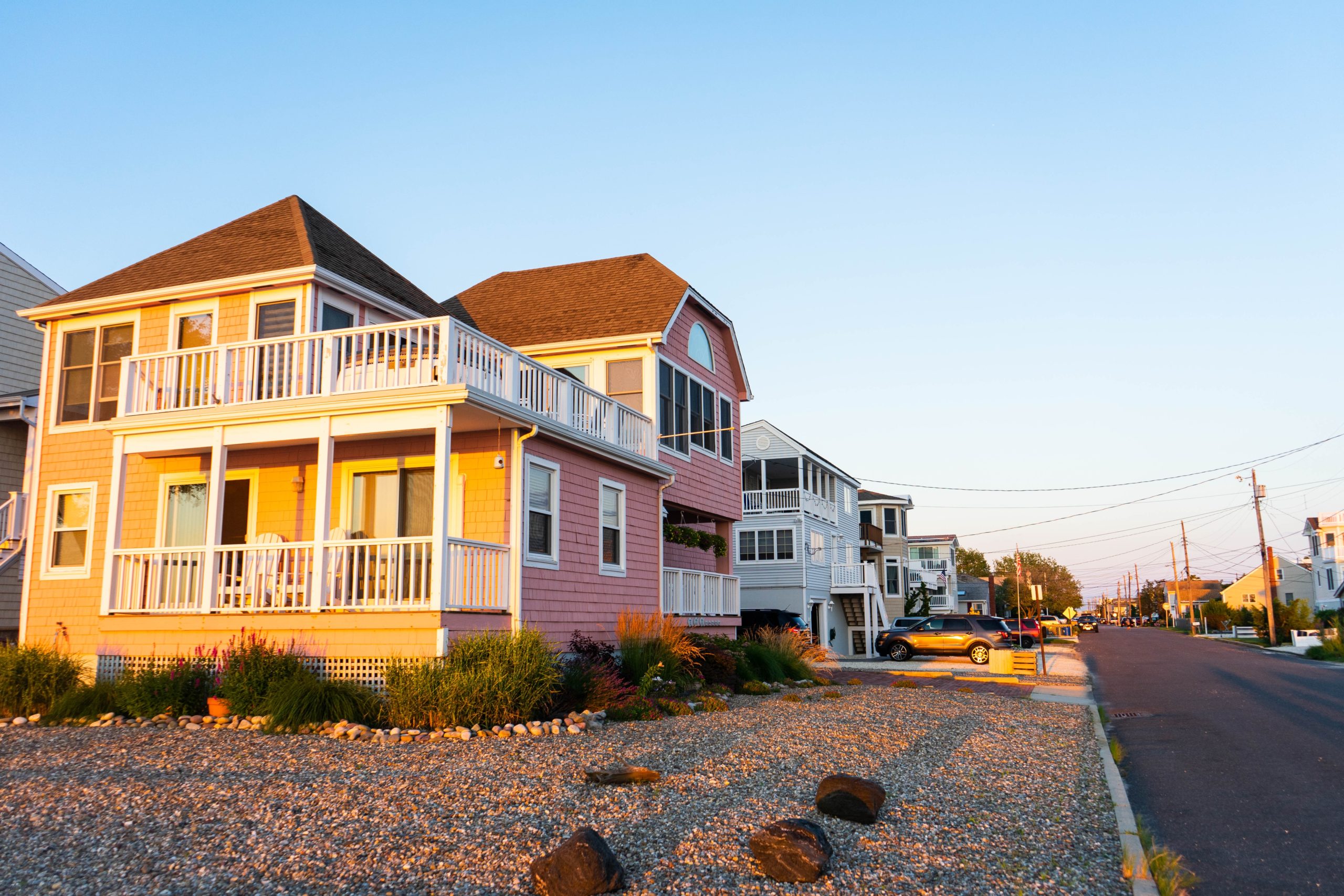
4 Tips for Getting a Mortgage for a Second Home
A second home can be a great investment. Apart from having a place for holidays, it can also generate cash flow. That said, if you rent your second home out and use the rental income to pay its mortgage, your second home may even pay for itself.
But before jumping in, you need to understand the requirements and rules for a second home mortgage as they differ from the mortgage on your primary residence. In this article, you’ll find the rules and requirements that apply to a second home mortgage and four tips for getting a mortgage for your next property.
1. Choose the Location of Your Second Home
Choosing where to buy your second home is a major decision. It’s vital to discuss locations with family members who are included in the final decision. From there, start researching the best neighborhoods. Also, consider partnering with a local real estate agent to find the best area.
That will make the preapproval much easier. Teaming up with a real estate agent, researching, and calculating your finances within the new area will show upfront initiative to your lender. Remember that a California vacation home mortgage may differ from a second home mortgage in Florida, Georgia, or other states.
Suggestively, Boca Raton Real Estate, which are on Florida’s southeastern coasts, are ideal places for a second home because of the quality of life. Mainly because of its good weather, variety of activities and destinations, coastal lifestyle, beaches, and the overall management of the city.
2. Qualify for a Conventional Loan
With a conventional loan, you’ll have to make a larger down payment, meet tighter guidelines, and pay a higher interest rate than you would for a mortgage on your first home.
The minimum down payment for a second home is usually 20%. However, some lenders may demand a down payment of 30% or even 35%.
To qualify for a conventional loan on a second property, you’ll typically need a higher credit score – 725 or even 750, depending on the lender. Moreover, your monthly debt-to-income (DTI) ratio has to be strong, especially if you want to limit your down payment to 20%. Also, you’ll have to document your income and assets since lenders will need substantial cash reserves to ensure you can handle payments on two properties.
Second-home loans often include a slightly higher interest rate than primary home loans. Lenders base pricing on risk and typically believe borrowers are more likely to default on a second home loan than the mortgage on their primary residence.
If you want to rent your vacation home for extra income, note that not all lenders will consider the rental income for the loan qualification. Some may allow a percentage of the rent payments as income. Others will demand a documented history that the property has been consistently rented.
3. Define How You Will Use the Home

You’ll need to tell the mortgage lender how you plan to use the second home. Lenders believe that properties used as second homes rather than as investment properties are less risky. That means you may be able to qualify for a lower interest rate.
Second Home
Before you can classify a vacation home as a second home, you must meet several lender requirements:
- You have to live in the home for at least part of the year and keep it for your enjoyment and use for at least half of the year.
- You can offer short-term rentals. However, the home can’t be controlled by a property management company.
- It can’t be located too close to your first home. That can disqualify it from being considered a holiday home.
Investment Property
If you’re buying another house as an investment, you may face a higher interest rate and down payment than for a mortgage on a vacation home.
Lenders consider investment properties to be of higher risk since renters might ignore or worsen maintenance issues at the house. They also worry that you’ll be more likely to skip payments on the investment property if you get into financial hardships. Your lender might require a rent schedule or lease to prove you intend to rent the home.
Moreover, you won’t be able to get an FHA or VA loan for either scenario. Those loans are available only for primary residences.
4. Ensure You Can Afford a Second Home
Do you have enough finances to afford to buy a second home? Even if you intend to collect rental income from the property, you must ensure it’s a purchase you can afford, especially if it will be vacant for several months per year. Before making your choice, consider the following financial factors.
Down Payment and Interest Rates
Unless you plan to pay with cash, buying a second home will require a mortgage with interest and a down payment. As we mentioned, a second home demands a higher down payment and interest rate because of the greater possibility of default on a second home in the event of financial hardship compared to a primary residence.
DTI Ratio
To qualify for a mortgage for a second home, you’ll have to meet DTI requirements. The debt-to-income ratio refers to the amount of debt you hold versus the amount of money you make. Most lenders require a DTI of 43% or less to approve a second mortgage, so ensure you meet that.
Monthly Budgeting
You may get approved for a second mortgage on paper. However, you’ll want to crunch the numbers to see if another mortgage makes financial sense. The best way to do that is by adding up all of your monthly payments and subtracting them from your monthly post-tax salary. Your second mortgage payments will come from the remaining money.
You may be counting on rental income to help balance out your second mortgage payment. However, you should ensure you can make payments on your own if your home doesn’t rent as quickly as you plan.
Also, consider homeowners association fees, property taxes, and general maintenance expenses before making this decision.

Bonus Tip: Your First Home Could Help Fund Your Second
If you have a substantial amount of equity in your first home, you might get enough money to pay for most of the cost of a second property. Consider cash-out refinance, home equity loans, or home equity line of credit (HELOC).
Cash-Out Refinance
A cash-out refinance refers to replacing your current mortgage with a new, larger mortgage to obtain cash by accessing your home equity. You could borrow more money at a lower rate than if you took out a second loan, such as a home equity loan or HELOC. That’s because a cash-out refinance is taken out on a primary home mortgage.
You could get a loan of up to 80% to 85% of your first home’s value with a cash-out refinance. However, watch for closing costs as these can reduce the cash you receive by several thousands of dollars.
Home Equity Loan or HELOC
Home equity loans and HELOCs (home equity lines of credit) rely on the equity in your first home as collateral to get money. With a home equity loan, you receive your money all at once and pay a fixed interest rate. HELOCs have varying rates and are typically used for various expenses over time. With both alternatives, you could be allowed to take out a higher loan-to-value than with a cash-out refinance – likely 85% to 90%.
If you want to pay for the second property in cash, a blend of a personal loan or 401(k) loan and refinancing funds plus savings might provide all you need. But if that’s not enough, a second home mortgage might be the best alternative.
The Bottom Line
Purchasing a second home is a great way to grow your real estate portfolio and generate an additional income. Before buying your second home, decide which location you want and how you will use it, as this can greatly affect the amount of money you’ll have to spend on it.
Once you decide to invest in a second home and have enough budget, you can qualify for a mortgage or pay for it in cash with the help of a cash-out refinance, home equity loan, or HELOC.









